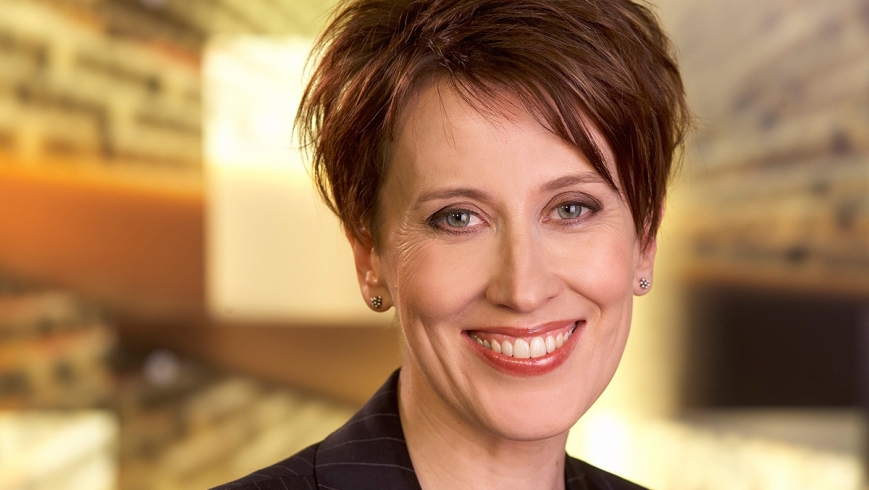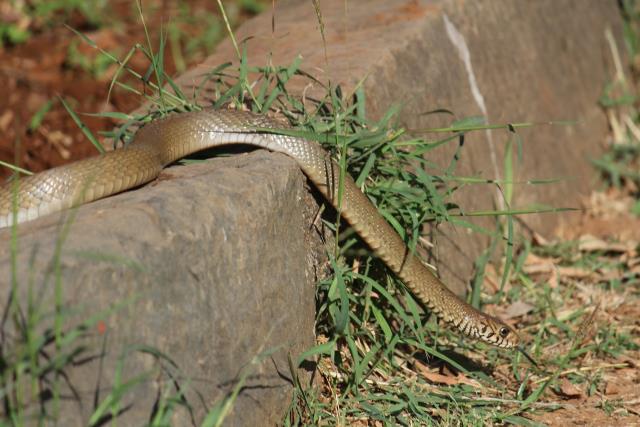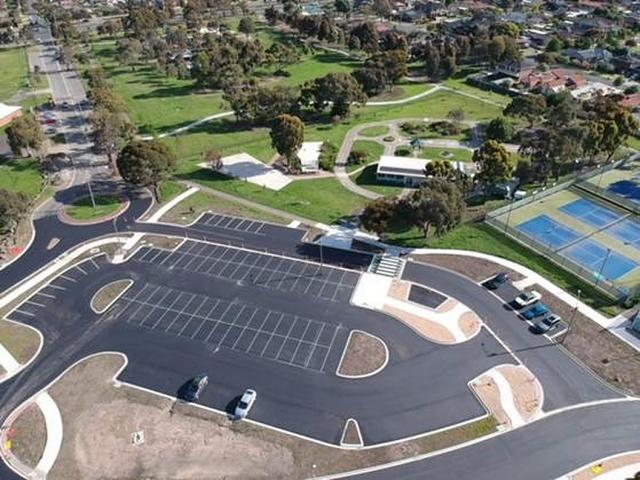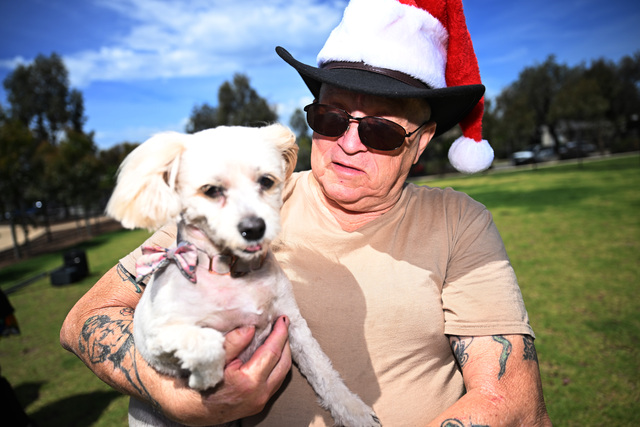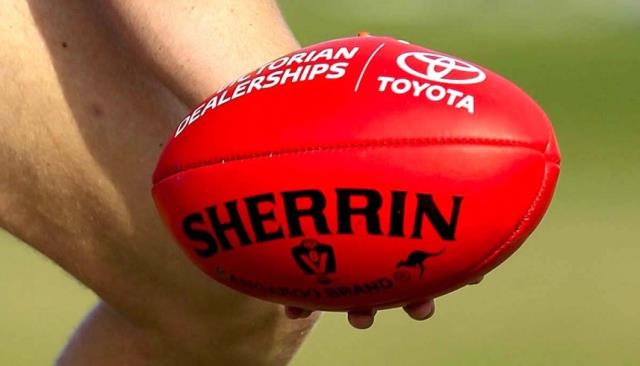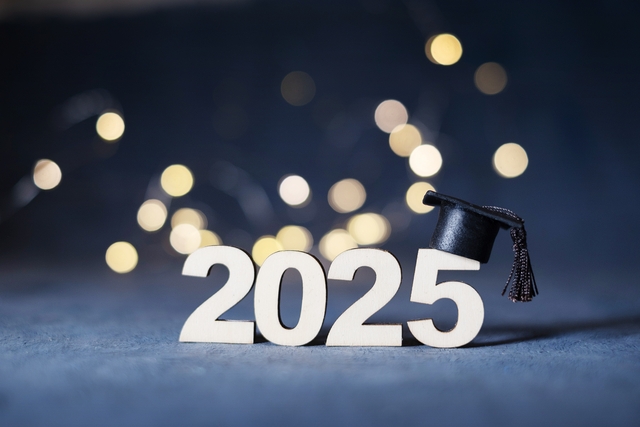The Melbourne artist who copied an upside-down milk crate for his 2005 entry in the wonderful McClelland sculpture prize is apparently aghast at similarities in a work by a Sydney artist who copied an upside-down milk crate for a NSW public commission.
Word has not yet been received from the person who designed the milk crate in the first place, and who may have strong feelings of their own about artists “appropriating” their ubiquitous design.
I’ll leave the niceties of this dispute to the wranglings of the legal system but, regardless of the outcome of this looming spat, the lawyers can’t stop me grinning at the prospect of a fight between two artists whose work is itself a copy of someone else’s design.
This week’s art controversy is predictably brought to you care of a series of public art commissions undertaken by the City of Sydney – something all too familiar to citizens of Melbourne and elsewhere. These commissions are impossible to get right: there is no chance that everyone will be pleased, that people won’t see the venture as a waste of public money. And there is no chance that all the selections will be good.
Australia, and the world, is filled with some truly wonderful contemporary art: challenging, beautiful, provocative, lasting. It just doesn’t often seem to get chosen for our public spaces.
Sydney’s choices are pretty bold: a series of high-perched bird sculptures by Turner Prize-nominated English artist Tracey Emin; a quite arresting and very tall sinuous cloud outline by Japanese artist Junya Ishigami; and the controversial milk crate.
This is the work of Hany Armanious and it is a 13.7-metre-tall sculpture, for Belmore Park, that will doubtless become a favourite of climbers, parkour exponents and abseilers for years to come. That is, if it goes ahead. Melbourne artist Jarrad Kennedy intends to call his lawyers and see if there’s any redress. But a lack of originality is the least of our problems when it comes to public art, as countless mini-scandals in Melbourne have attested.
The embarrassing social meltdown that accompanied the commission of Ron Robertson-Swann’s yellow sculpture Vault was one of our low points. To see that lovely but unloved modernist piece happily in context in its ultimate home at the Australian Centre for Contemporary Art is to be shamed by all the carry-on it provoked.
Since then, we have had much whimsical and unenduring pieces dropped on various street corners, from brass dogs to clumps of bug-eyed businessmen, oversize purses and abstract fragments. In my view, the few public art commissions that have really worked in Melbourne are the ones where, like Sydney, a suite of works has been commissioned by a curator with a singular vision – a good example is the work selected for EastLink, all of which unapologetically hold their place along that vast freeway with strength and integrity. It may not be your taste, but I bet you don’t stop looking at Callum Morton’s Hotel or Emily Floyd’s blackbird as you fly past.
Good public art is not supposed to be the sort of stuff you might like to take home. It’s been designed with space and heavy urban infill in mind, with an eye to the idioms of the time but also a sense of what might still look powerful in decades to come. It is supposed to provide a visual thrill in an often monotonous city environment, and create new context and surprise when you take that corner yet again in your daily commute. It might even make you smile with delight or wonder.
I wish Sydney all the best with the plan. I am glad to see someone taking public art commissions seriously. I don’t expect the works will all be to my taste, and I don’t think you should either. But I do want them to be strong and impressive and lasting. If you stop in front of them and argue a little bit about them before you move on, then that’s a good thing too.

